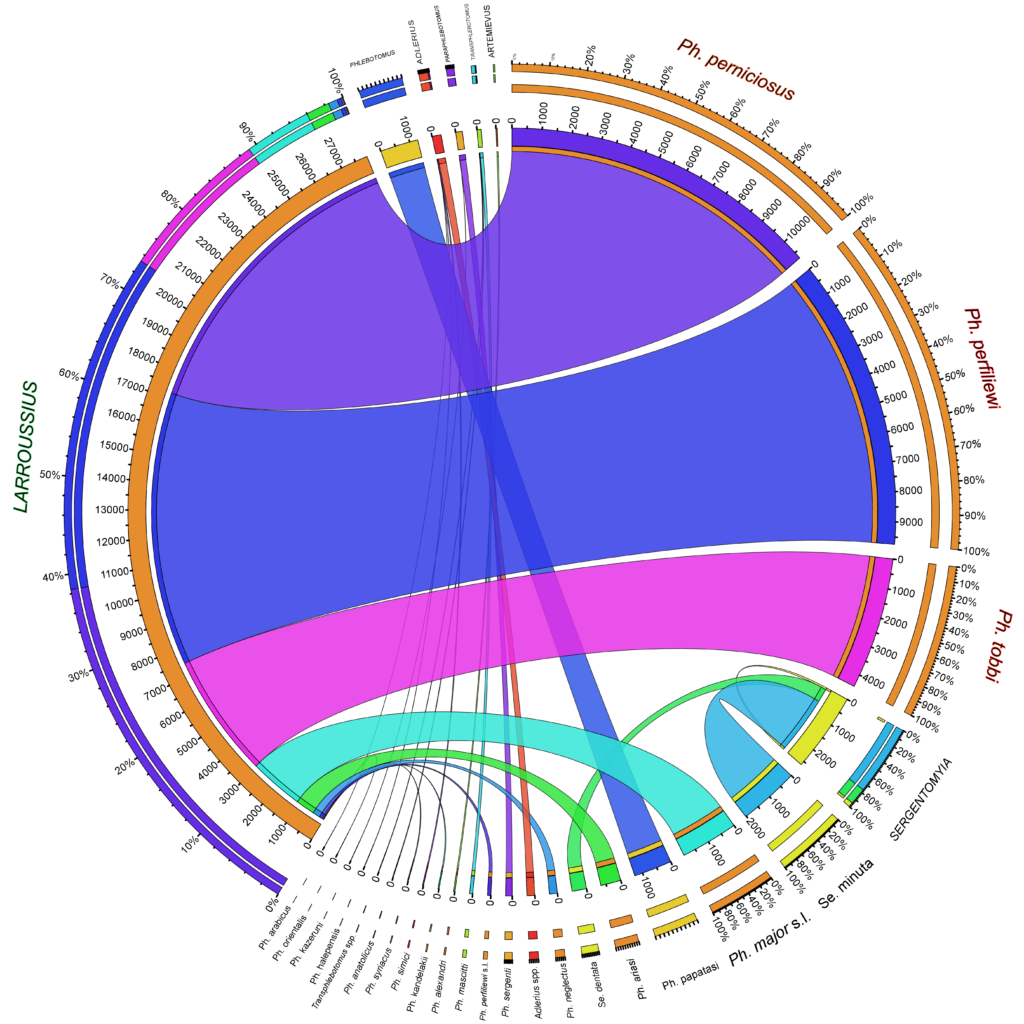CLIMOS Trapping sites
Trapping sites

Phlebotominae vs Mosquito
Image credits: © Carla Maia / UNL
Sand flies are tiny, hairy-winged insects that belong to the Phlebotominae subfamily. They can be found in warm and tropical climates worldwide. However, the impact of climate change is dramatically altering their geographical landscape reaching into new regions of Europe.
Often active during twilight hours, female sand flies feed on blood predominantly from mammals, facilitating the transmission of viruses and parasites. These pathogens cause diseases including summer meningitis and leishmaniasis that can affect both humans and animals.
2023 Results
Almost all partners processed the sand fly specimens collected during the first season. Of the more than 35,000 specimens processed, around 93% were identified to the species or subgenus level. A total of 19 sand fly taxa, belonging to seven subgenera, have been identified so far. Most of the specimens were found to be members of the Larroussius subgenus. Among them, Ph. perniciosus, Ph. perfiliewi, and Ph. tobbi comprised the majority of the catches.









